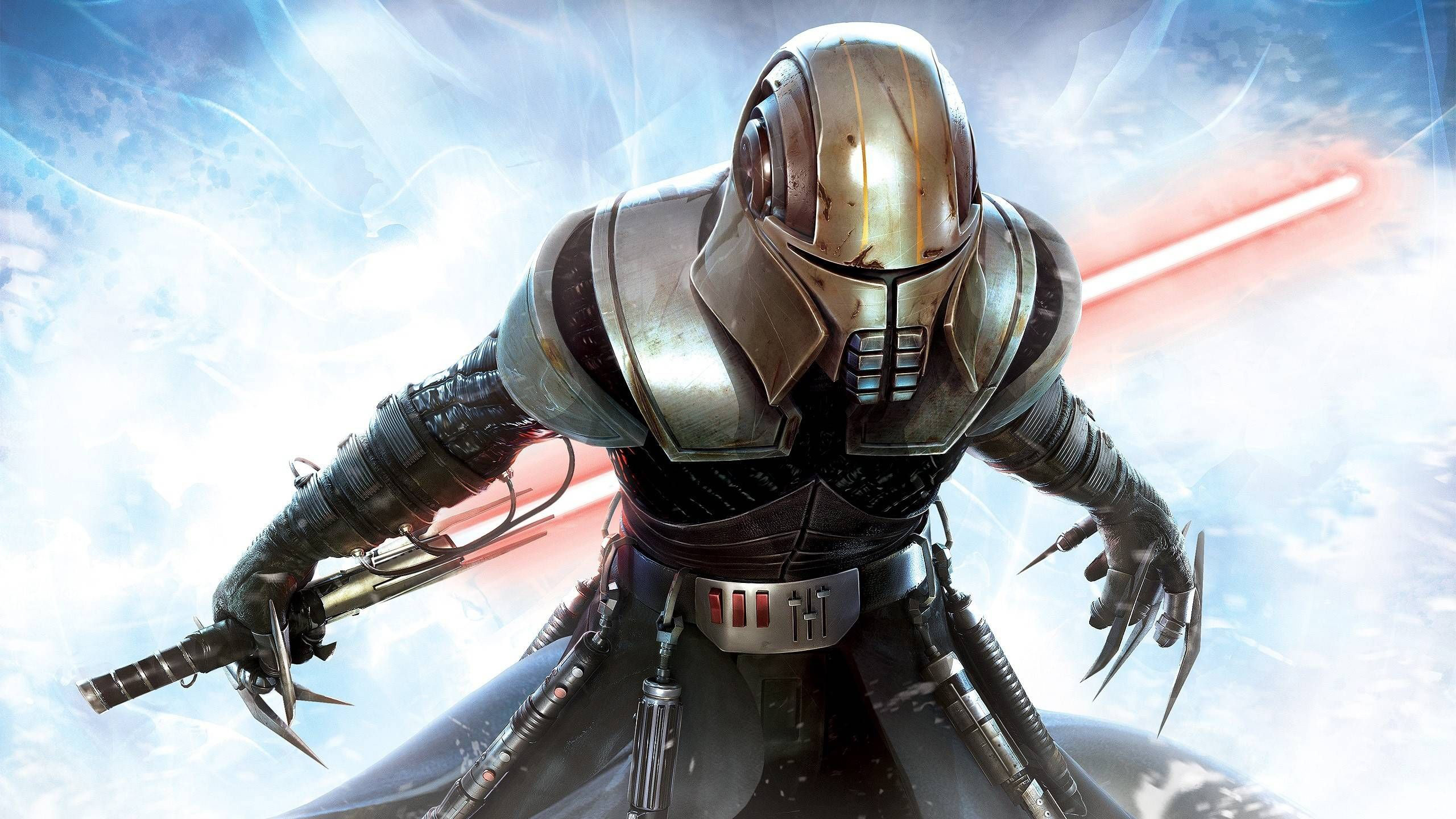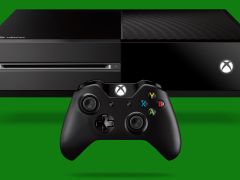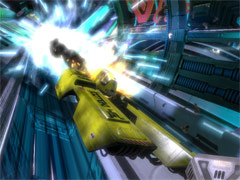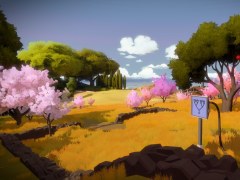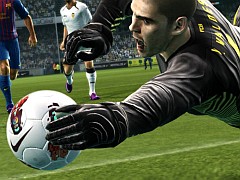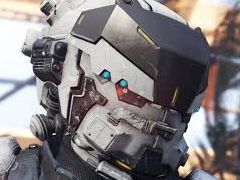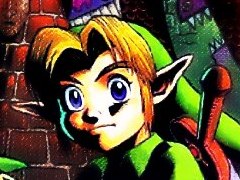You can trust VideoGamer. Our team of gaming experts spend hours testing and reviewing the latest games, to ensure you're reading the most comprehensive guide possible. Rest assured, all imagery and advice is unique and original. Check out how we test and review games here
Long, long ago in a galaxy far, far away… or, more accurately, in a cosy flat roughly nine miles from where I currently sit…
I used to love Star Wars. Like many of my fellow geeks, George Lucas’ films played a significant role in my childhood. I never saw the original films at the cinema – I’m not that old, after all – but I did watch the first trilogy on loop, largely via home-recorded VHS tapes that I made myself. Those chunky black bricks were my gateway to the world of Skywalker, Vader, and Solo. I may not be among the most senior generation of Star Wars fans, but I’ve been around for a while; I can clearly recall the days when Han shot first.
There’s no point in going over the various afflictions that have blighted Star Wars over the past 12 years. If you’ve even vaguely followed the franchise since the release of The Phantom Menace, you’ll be acquainted with the many criticisms that can be levelled at the prequel trilogy, and everything that has followed in its wake; if you’re a really ardent fan, you may even know the arguments that can be raised in its defence. By now, we all know the score. And yet for me, I think it was only last week that I realised just how dead the series now is to me.
But here’s the kicker: In terms of killing my love, I think that video games carry almost as much blame as the recent films. Almost, but not quite.
The occasion for my recent epiphany was the reveal of the forthcoming Star Wars-themed Xbox 360. When I first saw that clip, I came close to dribbling bile all over my desk, but with hindsight that might have been an overreaction. As Star Wars memorabilia goes, it’s not so bad. I’ve yet to see the unit for myself but the design looks to be relatively subtle, relying on the fact that the blue-and-white colour scheme will immediately speak to fans. It’s suggestive of R2D2 rather than being shaped like him, as DVD boxed set might be.
The sound effects, on the other hand, are an immediate annoyance. Why? Because they remind me of how Star Wars’ most recognisable qualities have been abused over the past decade. The Star Wars universe is blessed with a multitude of iconic images and distinctive sounds, and as such it’s a license that can be easily wrapped around pretty much anything you desire. It doesn’t matter if the product in question has nothing to do with the source material; adorn it with enough evocative stimuli, and it’ll summon that fix-all Star Wars nostalgia. A blue and white toilet would feel Star Wars-y if it went “bibble bibble beep boop!” every time you took a dump.
The icons have always played a key role in Star Wars video games. The 1995 FPS Dark Forces might have been just a Doom clone, but we believed in it because it had Stormtroopers and John Williams’ score in it. It didn’t matter that the visuals were basic and blocky, or that the music was bleepy – there were enough familiar elements to spark feelings of recognition, and our imagination did the rest. The earliest coin-op titles did an even more impressive job, recreating the X-Wing raid on the Death Star with little more than wireframe graphics.
The problem is that LucasArts seems to have long since given up on coherently fitting its games into the world of the films. Whereas once upon a time we were given quality – and relatively sober – efforts like X-Wing and TIE Fighter, the PlayStation 1 era started a trend for weird spin-offs. We had a naff Soul Edge clone, Masters of Teras Kasi, and then later Star Wars: Demolition, a shonky riff on Twisted Metal. By this point The Phantom Menace had reared its ugly head, and with it came the inevitable tie-in games, featuring Jedi using rocket launchers, among other things.
I feel that this last image sums up the wider problem with Star Wars games: the universe is bent and repurposed to fit the needs of gaming, rather than the other way round. I know this is the same issue that invariably crops up when a developer takes on a big TV or film license, but it’s particularly evident with Star Wars because it’s the same tropes that are exploited time and again.
Take the Force, for example. As a boy I loved the idea that there was massive guiding presence out there, an invisible power that had great impact on everyone and everything, despite being completely intangible. It had mystery.
Lucas tried his best to destroy all this with the prequel trilogy, swapping the original films’ subtle uses of the Force for more overt tricks and show-off moves. Various games have followed this shift, with developers using the Force as an excuse for any garish pyrotechnics they can dream up. When Vader choked Admiral Motti in A New Hope, or when the Palpatine started using Force Lightning at the end of Return of the Jedi, these felt like major events. Now we’re used to being able to zap endless foes in every Star Wars game – even though it’s really supposed to something that only the Sith use. We’re so desensitised to its impact that LucasArts has to make it more powerful with each new game, culminating in the Force Unleashed, where Starkiller unleashes huge explosions of electricity that fry dozens of people at a time.
The Force Unleashed and its sequel are typical of the “more is more” approach that LucasArts has taken in recent years. Starkiller’s name is a fan-wanking nod to the original Star Wars script, but that’s the only light touch about the series. It’s bad enough that the first game tries to sell us the idea that Darth Vader kept a secret apprentice that we never knew about, but having killed him off at the end of the first game he’s then brought back as a clone for the follow-up. Even this wouldn’t be so bad if it weren’t for the fact that it’s a full-priced game that lasts about four hours, one in which something blows up every 10 seconds or so in a vain bid to hide that there’s really very little going on. Starkiller exists only to give players an excuse to trash digital scenery while waving a pair of lightsabers about. I’m only surprised that the developers didn’t scheme a way for him to use three or four at once, as per Darth Traya in Knights of the Old Republic II.
Later this year will see the release of Kinect: Star Wars, a LucasArts collaboration with Terminal Reality that may prove to be the ultimate example of pared-down Jedi fluff. I’m not normally one to outright condemn a game before its final release, but the version I played at E3 does not bode well. Aside from the teeth-grindingly forced inclusion of voice support (you can activate your weapon by saying “Lightsaber on!” Just like in the films!), there’s so much lag between your movements and those on screen that at times there seems to be no connection at all. The code I played had probably been tuned down for demo purposes, but even so it’s distressing that I could make solid progress by aimlessly wafting my arms, chopping down wave after wave of Battle Droids without even concentrating. Still, it’s got lightsabers and John Williams’ music in it, and that’s all we really want, right?
Naturally there’s that other Star Wars game to consider. EA and BioWare’s The Old Republic is a far more complex-looking affair, with what is rumoured to be one the biggest production budgets in the history of gaming. It’s the first MMO to feature full voice support, and it’ll supposedly offer over 200 hours of play for each of its eight classes. Also, it’ll feature lightsabers and John Williams’ music.
It may be a fresh and exciting new take on the Star Wars universe, or it may be a derivative World of Warcraft clone with Jedi and Sith in place of Elves and Orcs; either way, I won’t be signing up. Still, I don’t think the final game will be lacking in players: it’s already broken EA’s record for pre-orders.
Star Wars: The Force Unleashed
- Platform(s): iOS, Nintendo DS, Nintendo Switch, PC, PlayStation 2, PlayStation 3, PSP, Wii, Xbox 360
- Genre(s): Action, Adventure
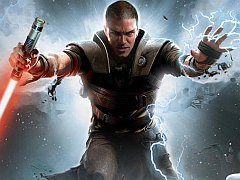
/https://oimg.videogamer.com/images/9072/star_wars_the_force_unleashed_8-63376.jpg)
/https://oimg.videogamer.com/images/1a74/star_wars_the_force_unleashed_21.jpg)
/https://oimg.videogamer.com/images/1c0c/star_wars_the_force_unleashed_ii_7.jpg)
/https://oimg.videogamer.com/images/b2fb/star_wars_the_force_unleashed_ii_2.jpg)
